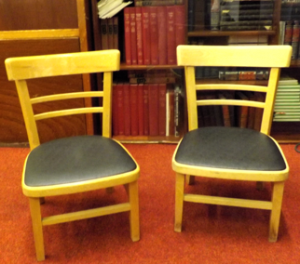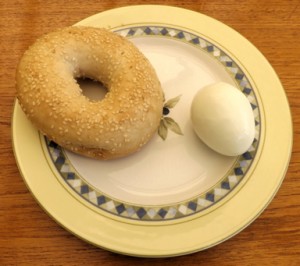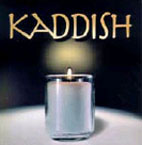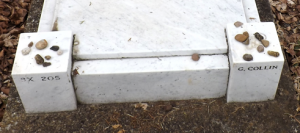Jewish law and tradition have endowed funeral and mourning practices with profound religious significance. To this end, Jewish funerals avoid ostentation; family and visitors reflect in dress and deportment the solemnity of the occasion; flowers and music are inappropriate; embalming and viewing are avoided; and interment takes place as soon as possible after death. Unless there are specific reasons to prevent it, the interment takes place the following day.
Chevra Kaddisha
The Jewish way of dealing with death is one part of a larger philosophy of life in which all persons are viewed with dignity and respect. Our people believe that, even after death, the body, which once held a holy human life, retains its sanctity. In Jewish tradition, therefore, the greatest consideration and respect are accorded the dead. The body is prepared for burial by the chevra kaddisha. This is a voluntary group from the Community, always a male group for a male deceased and a female group for a female. They clean the body, saying prayers during the process and dress the body in a plain white Tachrichim (traditional shroud). These garments are hand-made from linen or muslin and the use of simple shrouds ensures that those families who cannot afford ‘fancy’ clothing should not feel embarrassed. In addition to the shroud a man is also buried in his prayer shawl (Tallit).
The Interment
By tradition, Jewish funerals are simple (symbolizing the belief that people are all equal in death), but they vary widely and have no set liturgy. Jewish practice absolutely and unqualifiedly insists on the natural decomposition of the remains. The wood of the casket, the cloth of the shrouds, the unembalmed body decompose in nature’s own steady way. No artificiality, no slowing or hurrying of this process is permitted. The world goes on in its own pace. Those who die must follow the law of nature and the world.
Cremation is never permitted. The deceased must be interred, bodily, in the earth. It is forbidden – in every and any circumstance – to reduce the dead to ash in a crematorium. It is an offensive act, for it does violence to the spirit and letter of Jewish law. To have the deceased buried above the ground, not surrounded by earth within the mausoleum, is also prohibited. The double injunction “bury thou shalt surely bury,” emphasizes that it is not a legal burial if the casket is left above the earth

Mourners’ Stools
After the burial, rabbis often ask friends and more distant relatives to stand in two lines so that the immediate mourners can walk between them — a symbol that they aren’t alone and that there is support for their grief. In some congregations, after the final prayers have been said, the mourners sit on low stools and the congregation line up to wish them long life.
The Headstone
The custom of memorializing the dead with a grave marker is a time-honored Jewish tradition dating back to biblical times. In Genesis 35:20, the Bible mentions the memorial stone which Jacob erected over the grave of his wife, Rachel.
Immediately upon the burial, a temporary marker with the deceased’s name is placed upon the grave. The gravestone may be put up any time after the seven days of mourning. It is usual practice in the UK to have the gravestone erected about a year after the burial. At a minimum, the gravestone should include the Hebrew name and father’s name of the deceased, and the Hebrew date of his or her passing. In addition, it is customary to write a little about the virtues and achievements of the deceased.
The House of Mourning
 When the family return to the house of mourning they eat a meal of hardboiled eggs and bagels. This indicates that life continues. There then follows a period of sitting shiva which requires them to stay within that house for a week, sitting on low chairs to represent a humbling position. Evening service is held at the house so that the mourners do not have to go out and it is customary for friends to visit during the week and take in gifts of food. Throughout the week of mourning a memorial light will burn in the house, all mirrors are covered, men refrain from shaving and no music is played.
When the family return to the house of mourning they eat a meal of hardboiled eggs and bagels. This indicates that life continues. There then follows a period of sitting shiva which requires them to stay within that house for a week, sitting on low chairs to represent a humbling position. Evening service is held at the house so that the mourners do not have to go out and it is customary for friends to visit during the week and take in gifts of food. Throughout the week of mourning a memorial light will burn in the house, all mirrors are covered, men refrain from shaving and no music is played.
Remembering the Deceased
 Each year on the Yahrzeit, the anniversary of a death, members of the family light a 24 hour memorial candle. When family and friends visit a grave it is customary to place a stone on the kerbstone.
Each year on the Yahrzeit, the anniversary of a death, members of the family light a 24 hour memorial candle. When family and friends visit a grave it is customary to place a stone on the kerbstone.

Pebbles to show that someone has visited the grave.
References
Bereavement in Judaism (wikipedia)
Death and Mourning in Judaism (Chabad)